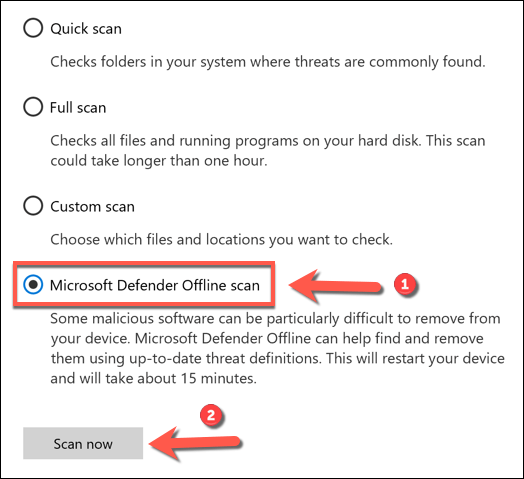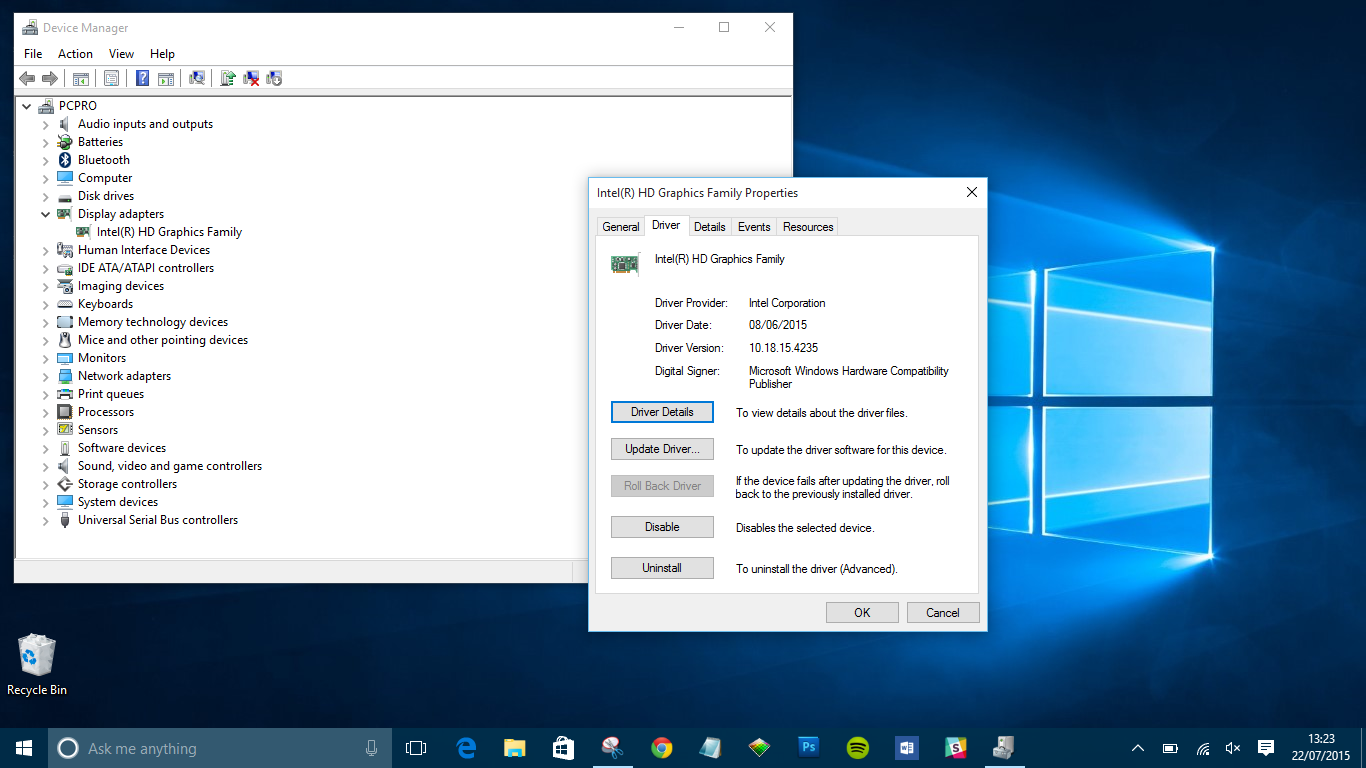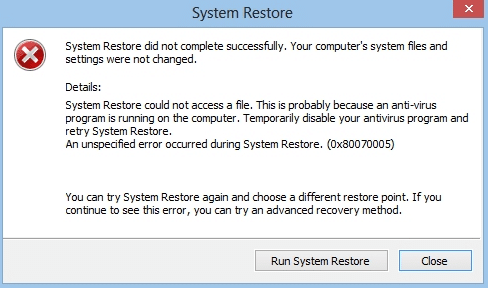In today’s fast-paced technological world, encountering errors is not uncommon. One such error is the BDD.EXE error, which can cause inconvenience to users. This article will discuss the solutions to this error and how executable specifications can aid in preventing such errors in the future.
What is BDD.EXE and its Purpose?
BDD.EXE is an executable file that is part of the Microsoft.BDD.MonitorService tool. Its purpose is to provide executable specifications for developers to follow when creating software. These specifications outline the expected behavior of the software in various scenarios, including edge cases and user actions. BDD.EXE is used during the development process and can help identify issues early on, which can save time and money down the line. If you encounter an error message related to BDD.EXE, you may need to perform a registry scan or check the file version to determine the problem. It’s important to understand the function of BDD.EXE in order to effectively troubleshoot any issues that arise during development.
Is BDD.EXE Safe to Use?
BDD.EXE is a safe executable file to use when it comes from a reputable source. However, like any other executable file, it can be harmful if it’s from an unverified or unknown source. To ensure that you are using a safe BDD.EXE file, always download it from reliable sources or verify its authenticity using an antivirus program. If you encounter errors when running BDD.EXE, check if it’s up-to-date and compatible with your operating system. You can also try running a registry scan or updating your system’s drivers. Remember to always back up your files before taking any action to avoid data loss. By following these solutions, you can safely use BDD.EXE and enjoy its feature files and executable specifications.
Common Errors Associated with BDD.EXE
- Check for Malware:
- Update Antivirus software and run a full scan of your system
- Remove any malware found by the software

- Restart your system
- Update your Drivers:
- Identify and locate the driver needing an update
- Visit the manufacturer website and download the latest version of the driver

- Install the driver
- Restart your system
- Reinstall the BDD.EXE file:
- Uninstall the BDD.EXE file from the system
- Download the latest version of the file from a reputable source
- Install the file
- Restart your system
- Check for Disk Errors:
- Open the Command Prompt
- Type in “chkdsk /f” and press Enter

- Wait for the scan to complete
- Restart your system
- Restore your system:
- Open the Control Panel
- Click on “System and Security”
- Select “System”
- Click on “System Protection”
- Choose “System Restore”
- Select a restore point from before the error occurred

- Follow the prompts to restore your system
- Restart your system
How to Repair or Remove BDD.EXE
To repair or remove BDD.EXE, follow these steps:
Repair:
1. Check for any viruses or malware on your computer using an antivirus tool.
2. Run a system file checker tool to check for any corrupted system files.
3. Reinstall the Microsoft Deployment Toolkit (MDT) or the Business Desktop Deployment (BDD) application.
Remove:
1. Open the Task Manager and end any processes related to BDD.EXE, such as Microsoft.BDD.MonitorService.
2. Go to the Control Panel and uninstall the Microsoft Deployment Toolkit (MDT) or the Business Desktop Deployment (BDD) application.
3. Delete the BDD.EXE file from its file path.
Remember to backup any important data before making changes. Understanding the file details, file version, and operating system can help identify the best solution. Consult documentation or seek expert support if needed.
User Reviews and Feedback on BDD.EXE
| User Reviews and Feedback on BDD.EXE |
|---|
|
“I was having trouble with BDD.EXE and couldn’t figure out what was causing the errors. This article provided some great solutions that helped me get my executable specifications up and running again.” – John D. |
|
“As someone who is new to BDD, I found this article to be very helpful. The step-by-step instructions were easy to follow and I was able to solve my error problems quickly.” – Sarah T. |
|
“I’ve been using BDD for a while now and have encountered a few errors along the way. This article provided some new solutions that I hadn’t thought of before and I was able to fix my issues with ease.” – Michael P. |
|
“I appreciate the thorough explanations and screenshots in this article. It made it much easier for me to identify the issues I was having with BDD and find the right solutions.” – Emily S. |
